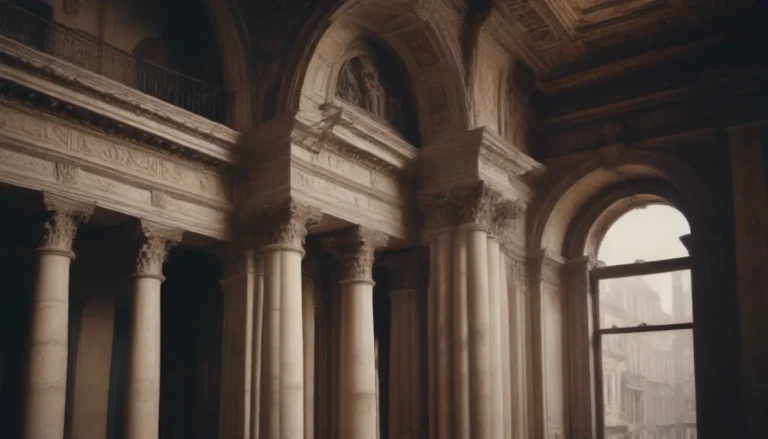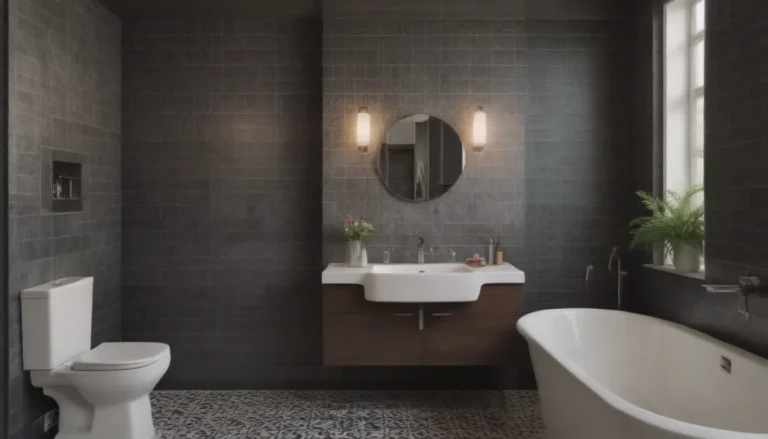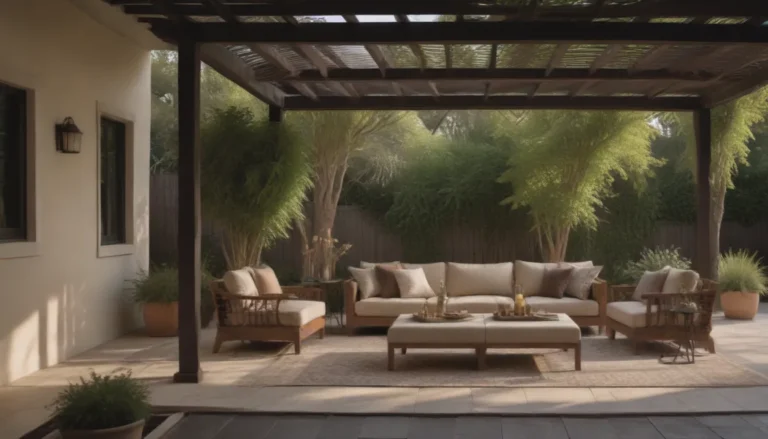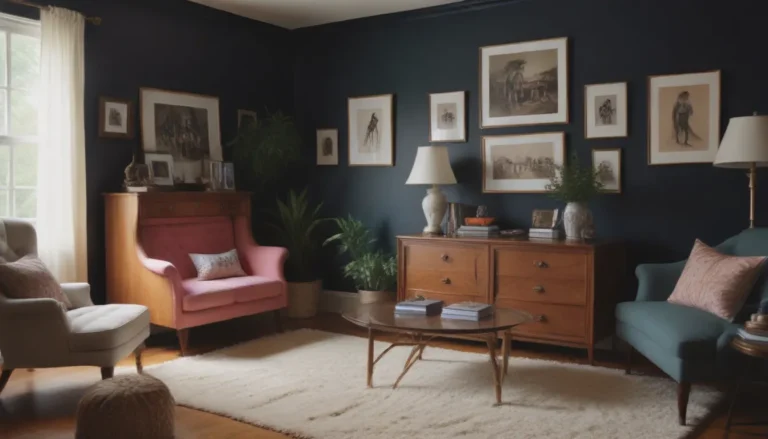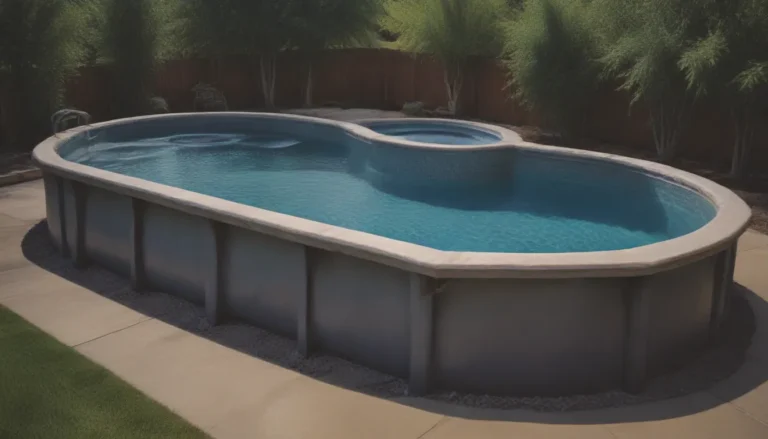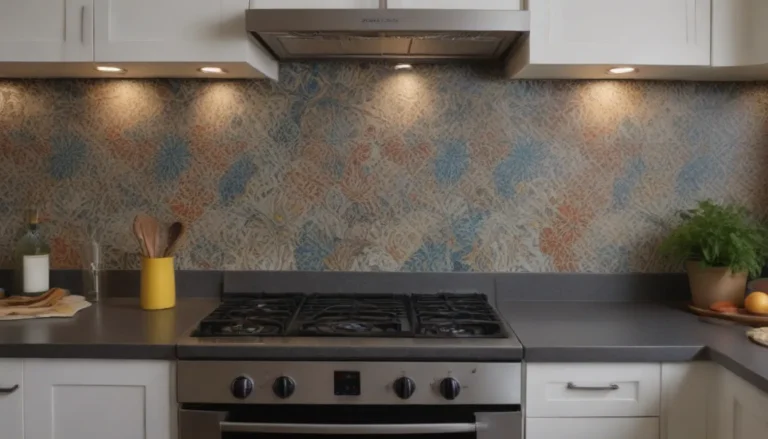Understanding Shotgun Houses: An Iconic Piece of New Orleans History

The Origins and Evolution of Shotgun Homes
Shotgun homes are iconic for their presence in New Orleans and have a rich history that dates back to West Africa and Haiti. These homes made their way to New Orleans through immigrants and enslaved peoples, becoming especially common in the 1800s due to a population boom and increased housing demand. Initially serving lower-income, working-class neighborhoods, shotgun homes were built by nearby factories to house workers. While they were once associated with poverty and faced a decline in popularity, the preservationists’ renewed interest in the style has ensured their preservation as a hallmark of New Orleans’ culture.
The Influence of Cultural Heritage
The style of shotgun homes is deeply ingrained in the fabric of New Orleans, influenced by a blend of Haitian, West African, French, and Spanish cultures. The name “shotgun” is often attributed to the idea that when all the doors are open, one can fire a gun through the front door and the bullet will exit through the back door without hitting anything. However, it’s more likely that the term comes from the Yoruba word “togun,” meaning house or gathering place.
Key Features and Characteristics of Shotgun Homes
Shotgun homes are characterized by their narrow, single-story design with rooms that are only one room wide and two to three rooms deep, without any hallways. The typical layout includes a living room, one to two bedrooms, and a kitchen and bathroom at the back. The design of shotgun homes allows for efficient ventilation and airflow, essential for New Orleans’ hot and humid climate. Some later variations include “double barrel shotguns” and camelback additions, showcasing the adaptability of this architectural style.
Architectural Elements and Design
Most shotgun homes are wood-sided, with some featuring brick or stone coverings. The use of local cypress wood for frames helps resist water, insects, and rot, allowing these structures to withstand the city’s humid climate. Stylistically, shotgun homes have evolved over time, from flat roofs and classical facades with galleries and columns to more ornate features like pitched roofs, gables, and Queen Anne porches inspired by French and Spanish architecture. Modern shotgun homes often boast vibrant colors and charming details, adding to their visual appeal.
Cultural Significance and Community Impact
Shotgun homes played a significant role in shaping the social fabric of New Orleans, with their close-knit communities and communal gathering spaces like front porches. Residents often interacted with each other, contributing to the city’s culture of congeniality and fostering diverse cultural exchanges. The close proximity of shotgun homes on streets created a unique sense of community, where people of various backgrounds lived side by side, influencing the city’s music, food, and vibrant atmosphere.
The Legacy and Future of Shotgun Homes
While there is no official registry of the number of shotgun houses per city, New Orleans is believed to have the highest concentration. These homes continue to be cherished for their historical significance, architectural charm, and cultural relevance. By preserving and celebrating shotgun homes, we honor the legacy of those who built and inhabited these iconic structures, ensuring they remain a vital part of New Orleans’ identity for generations to come.
In conclusion, shotgun homes are not just architectural marvels; they are living pieces of history that reflect the diverse cultural tapestry of New Orleans. As you wander the streets of The Big Easy, take a moment to appreciate these narrow, vibrant homes that have stood the test of time, embodying resilience, community, and a vibrant spirit that defines the heart of the city.
